Can Adaptive Reuse Revitalize US Cities?
When underused properties get a new life, urban cores do, too. Some are well on their way.
Communities nationwide are looking for creative ways to reuse vacant, outdated or underutilized real estate—including office, hotels, manufacturing sites, warehouses, department stores and terminals. Most times, the endgame is much-needed housing and economic boosts, a lifeline for post-pandemic urban cores.
Gensler’s Sheryl Schulze, Global Building Transformation + Adaptive Reuse Leader, said the architecture powerhouse is collaborating with several cities, but market conditions are stifling some projects.
READ ALSO: How Vacant Office Spaces Get New Life
Schulze has worked on many adaptive reuse developments, including 601W Cos.’ $1.3 billion, 2.5 million-square-foot redevelopment of the Old Chicago Post Office into a mixed-use office and events destination.
“There’s so much on the boards and there’s so much ready to go,” Schutze mentioned. “It’s unfortunate that due to these circumstances we haven’t seen things be able to progress a little bit further.”
The focus on revitalizing buildings is driven, in part, by efforts to make cities more 24/7 and the growth of the “20-minute city,” where you can be within a 20-minute walking or transportation distance of where you work, live and play, noted Nancy Ruddy, executive director of interior design & founding principal with CetraRuddy. CetraRuddy has been doing office-to-residential conversions since the late 1980s.
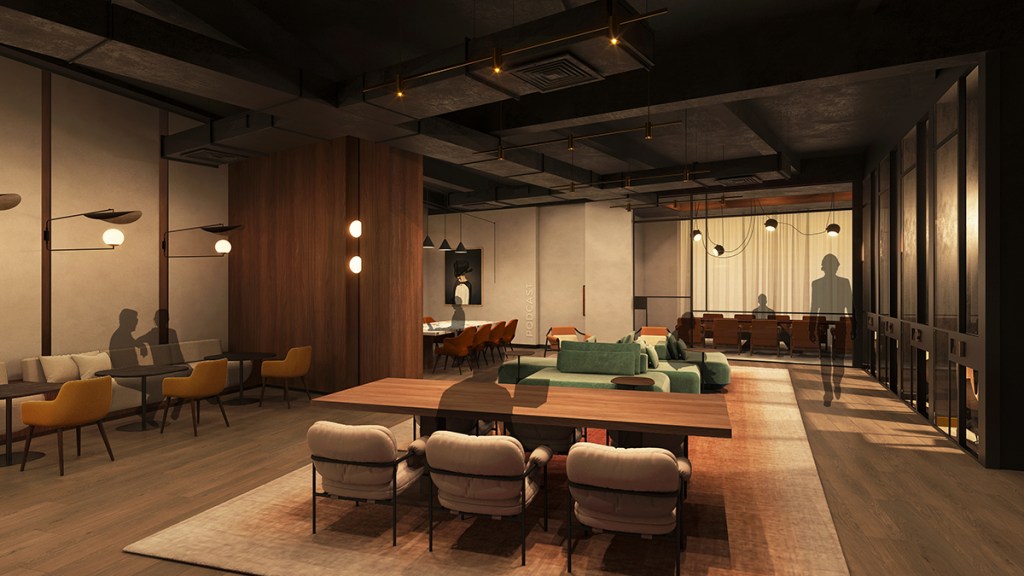
NYC renewal
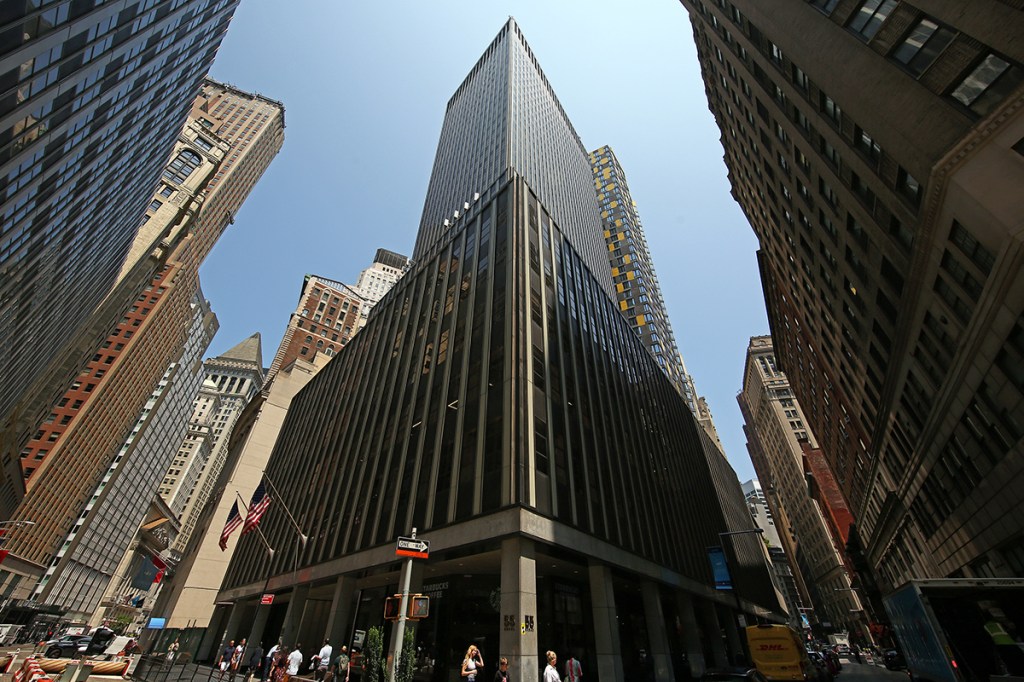
A New York City zoning rule, which spurred many projects in Manhattan’s Financial District, allows commercial buildings constructed before 1977 to go full residential. CetraRuddy is working on two of the largest office-to-residential conversions in the city. One is 55 Broad St., a former Goldman Sachs headquarters, which opened in 1967 and is being transformed into 571 market-rate apartments by Silverstein Properties and Metro Loft Management.
The biggest such project in the U.S. is also located in downtown Manhattan, at 25 Water St., where GFP Real Estate, Metro Loft Management and Rockwood Capital are redeveloping a former 22-story office building from 1969 into a 32-story tower with about 1,300 rental units.
READ ALSO: Refining a Brooklyn Sugar Factory for Today’s Office Market
Having the largest office stock in the U.S., New York City is a prime example when it comes to such projects. Mayor Eric Adams launched an Office Conversion Accelerator to help create 20,000 housing units by repurposing empty office space. The city is also seeking to rezone Midtown South from only manufacturing and office space to allow housing.
Yes, a lot is office (cue shock). But not all.
A recent NAIOP office space demand forecast says that net office absorption in 2024 is expected to clock in at 5.7 million square feet, dropping to about 4.5 million square feet in 2025. As office leases expire, tenants are often taking less space at newer buildings, leaving vacancies in older, less amenitized buildings.
READ ALSO: Office-to-Resi Focus for Marty Burger’s New Venture
Office conversions make up about 38 percent of the 147,000 apartments in future adaptive reuse projects across the U.S., with the overall figure growing fourfold in just four years, according to RentCafe. Of the conversion projects in the pipeline this year, Washington, D.C, is set for 5,820 units, up 88 percent over 2023; followed by New York City with 5,215 units and Dallas with 3,163 units.
Policy shaping, funds available
Some cities are offering tax abatements. A Boston pilot program will reduce taxes by up to 75 percent for up to 25 years for office properties converted to apartments. In D.C., the city is offering a 20-year tax abatement to developers who build more than 10 units.
Others are streamlining reviews, especially office-to-residential conversions and other projects that advance affordable housing and sustainability goals, according to Michael Liu, senior partner & design principal with The Architectural Team in Boston. For example, he said, Boston is appointing an ombudsman to oversee certain projects and speed up the process.
Last fall, the Biden Administration announced proposals and guidance for states, municipalities and developers to repurpose underutilized commercial properties into affordable housing, highlighting existing tax credits and programs available for conversions.
READ ALSO: How Incentives Boost Office Conversions
The administration released a guidebook for federal programs including those from the departments of Transportation and Energy. It updated guidelines on using the Community Block Grant fund and information from the Treasury Department on tax incentives for multifamily developers. Unfortunately, at least parts of the greater plan have hit some speedbumps.
Right now, Congress is considering proposed tax legislation on several key issues that would help spur affordable housing and other development. Legislation would extend and expand the Low-Income Housing Tax Credit, establish a Workforce Housing Tax Credit, create an adaptive reuse tax incentive for commercial conversions and renew and enhance Opportunity Zones.
With affordability drawing so many eyeballs, President Biden once again addressed it in his State of the Union Address.
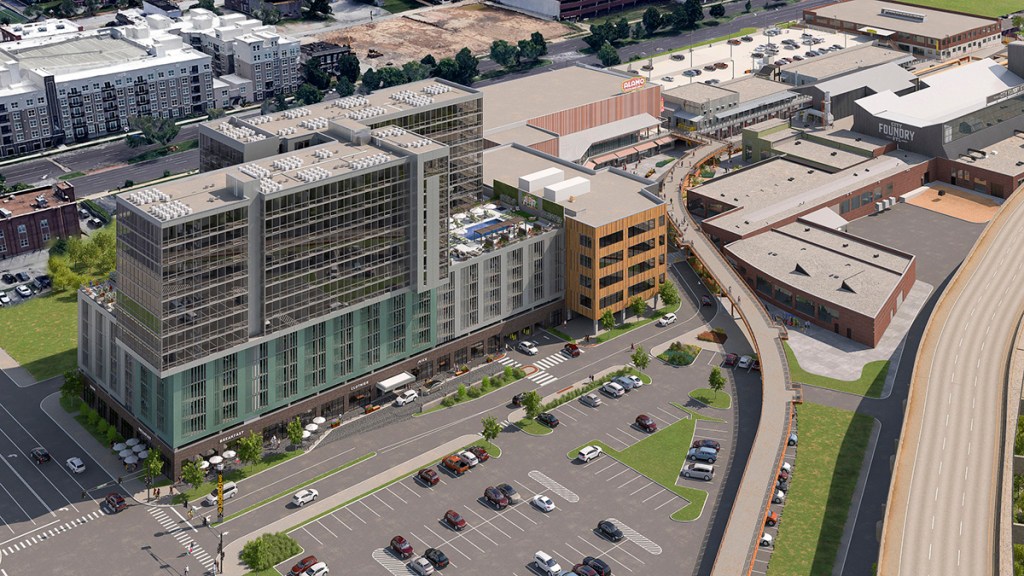
Historic help
Another proposed bill would change the federal Historic Tax Preservation Incentives Program. It would increase the historic tax credit rate to 30 percent for smaller projects with rehab costs not exceeding $3.75 million. For most, the program provides a 20 percent federal tax credit to property owners who rehabilitate an historic building for commercial or other income-producing use while maintaining its historic character.

Administered by the National Park Service and the IRS, the program has leveraged $235 billion in private investment to rehab more than 48,000 historic properties. For Fiscal Year 2023, NPS certified 970 completed jobs, up 13 percent from FY 2022, with $8.8 billion in private investment in historic rehabilitation, a 34 percent increase over FY 2022.
“The importance of those tax credits is even stronger when the market is down like it is now,” said Peter Birkholz, president & principal with Page & Turnbull.
Allocations vary but at least 38 states offer state historic tax credits.
David Dowell, partner with El Dorado, a Kansas City, Mo., architecture firm, credits the federal HTC and Missouri state tax credit program with saving the Kansas City urban core from “complete annihilation and neglect in terms of historic buildings.”
Dowell called it “the most effective program to motivate developers to do this kind of work.”
El Dorado is part of the team behind Good Developments Group’s $1.3 billion 100-acre Gateway South mixed-use district in St. Louis. The adaptive reuse project, which will include repurposing the Crunden-Martin industrial buildings, will feature commercial space, office and advanced manufacturing.
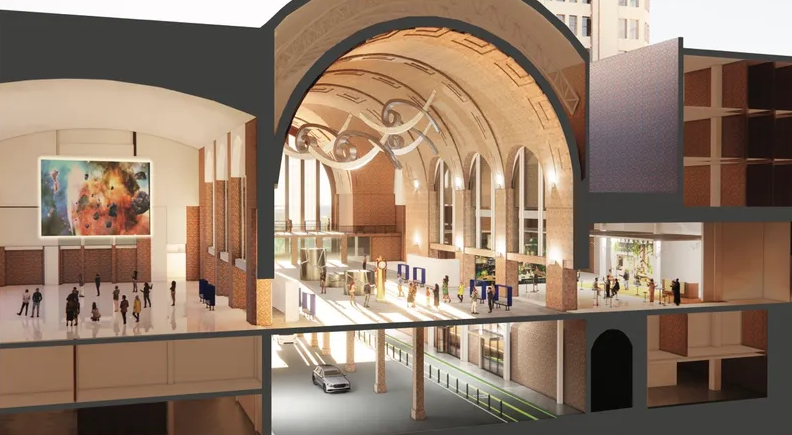
More standout adaptive reuse projects
St. Louis is also the site of the two-phase, $335 million City Foundry STL, an entertainment, office, retail and dining destination built at a century old, 15-acre former foundry near the city’s downtown and Gateway Arch. Vande East, the second phase, is under construction and will add 271 housing units, a second parking garage and 13,000 square feet of retail.
READ ALSO: Turning a Textile Mill Into a Modern Mixed-Use Destination
Steve Smith, CEO of Lawrence Group and New + Found in St. Louis, said other developers wanted to tear it down and build something new, such as a suburban-style shopping center. When Smith got inside the foundry building, he thought: “Why would we tear down something that is really unique and replace it with something that is really vanilla? Why would we do that, especially in a location as prominent as this?”
The project received $18.9 million in federal historic tax credits and $21.9 million from the Missouri tax credit program. Smith said the city provided funding to allow free parking. Financing included a $40 million equity investment from CapStone Holdings Inc., an $81 million construction loan and $30 million bridge loan, both from CIBC.

In Western New York, a public-private partnership plans to revitalize the historic Buffalo Central Terminal in a multi-phase, 10-year, $300 million mixed-use project and recently selected a development team—CB Emmanuel Realty LLC, The Alexander Co. and Rise Community Capital. The goal is to turn the iconic structure and 30-plus acres into a catalytic anchor for the Broadway-Fillmore neighborhood and East Buffalo.
The terminal opened in 1929 and was a transportation hub before closing in 1979. The Central Terminal Restoration Corp. bought the main terminal and front lawn in 1997. The city owns more than 30 acres surrounding the terminal and picked the same team to redevelop that property, including four historic buildings.
A $61 million investment from the Regional Revitalization Partnership will be used for safety and stabilization repairs at the terminal, plaza and parking garage, and maintenance of the grounds for community events. Long-term plans call for mixed-income rental housing and attainable homeownership on the city-owned land.
READ ALSO: Inside Detroit’s New $950M Innovation Hub
Other suggested uses include a food hall, entertainment and events in the Main Terminal building, retail, light industrial and maker space, filmmaking, coworking, childcare and childhood education services. Additional funding is expected to come from local, state and federal sources including historic tax credits, New Markets tax credits, LIHTC, brownfield grants, HOME funds and the developers.
“Any housing that goes into this neighborhood, a good majority, if not all of it, should be made affordable to the residents that live in that neighborhood,” said Lisa Hicks, Buffalo director of development.
But there have been many plans that did not come to fruition, remarked CTRC Chair James Morrell.
“I think this is the one where the state, city and community have come together to say this is the time for this building to come back,” he concluded.

Florida projects shine
Meanwhile, way south, Pebb Capital is developing Sundy Village, a $240 million, three-phase mixed-use in downtown Delray Beach, Fla., featuring adaptive reuse of several historic structures, including some of the city’s oldest.
After acquiring the 7-acre site at Atlantic and Swinton avenues in 2019, Pebb swapped out the residential component with 180,000 square feet of office. Plans now call for a historic-focused project including restaurants, Class A office space and a corporate headquarters. Sundy Village will have more than 28,000 square feet of retail space with 7,000 square feet coming from the restoration of six homes for food and beverage outlets. More than 141,000 square feet has been leased.
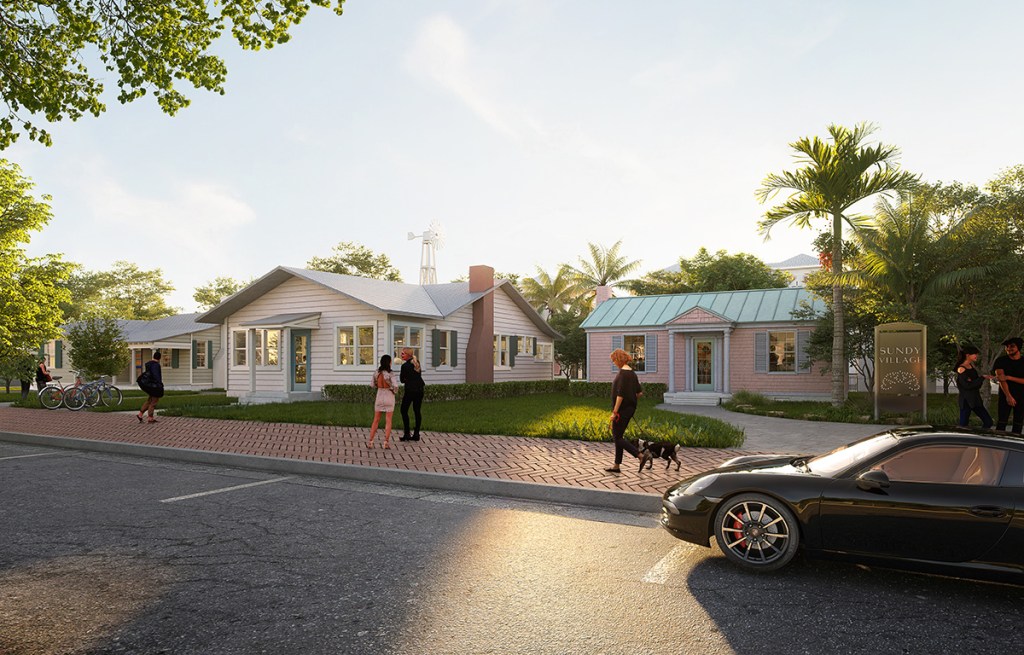
The first phase will come online this year. The second, including a 38,474-square-foot headquarters for communication infrastructure company Vertical Bridge, is set to start this summer. Approvals for the third, which will restore Sundy House, built in 1902 and listed on the National Register of Historic Places, are not complete. But a restaurant, hotel rooms, outdoor space and gardens are planned. Gensler and RLC Architects are designing the project.
J.C. de Ona, a division president with Centennial Bank, has been working in Hialeah, Fla., with developer Prestige Cos. to fund numerous commercial and multifamily projects. Amelia Live is one of them, a warehouse in the Amelia District that Prestige turned into an entertainment, food and culture venue including artists’ studios and galleries.
Also in Hialeah, The Estate Cos. used a $22.5 million loan from Centennial for the conversion of a former Ramada hotel into Alture Westland, a mixed-use property with 5,552 square feet of commercial space and 251 affordable rental units, de Ona said. The company acquired the hotel for $15.3 million.
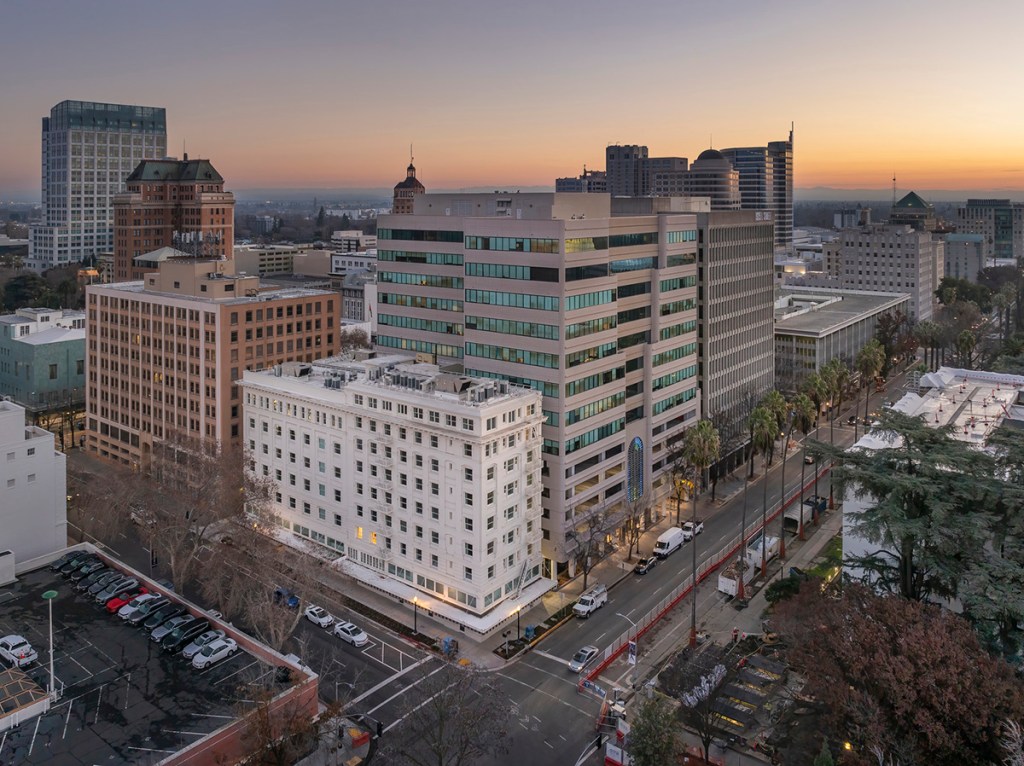
From hotel to homes
On the West Coast, the Capitol Park Hotel, with two towers built in 1911 and 1912, has reopened in Sacramento, Calif., as The Saint Clare at Capitol Park, a permanent supportive housing complex with 134 studio apartments for the homeless. It has ground-floor retail, meeting and community rooms, offices for caseworkers, laundry facilities and bicycle storage.
The $76 million adaptive reuse project is part of the city’s housing strategy. The city contributed about $20 million, with nearly $24 million coming from the state’s Homekey program.
Nonprofit developer Mercy Housing California owns the building at Ninth and L streets. Page & Turnbull oversaw preservation designs. Work included seismic upgrades and interior reconstruction. The lobby’s original hexagonal tilework, railings, stairwells and the building’s brick exterior were preserved.

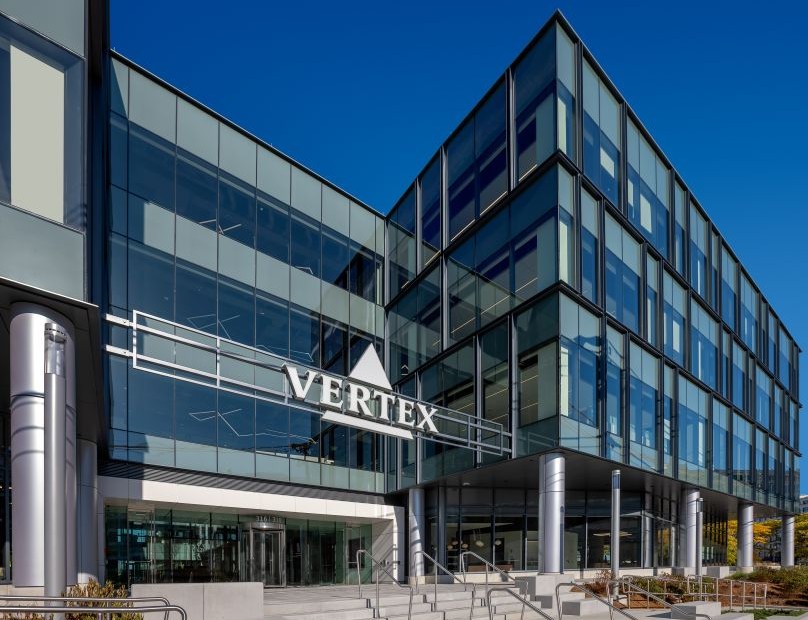

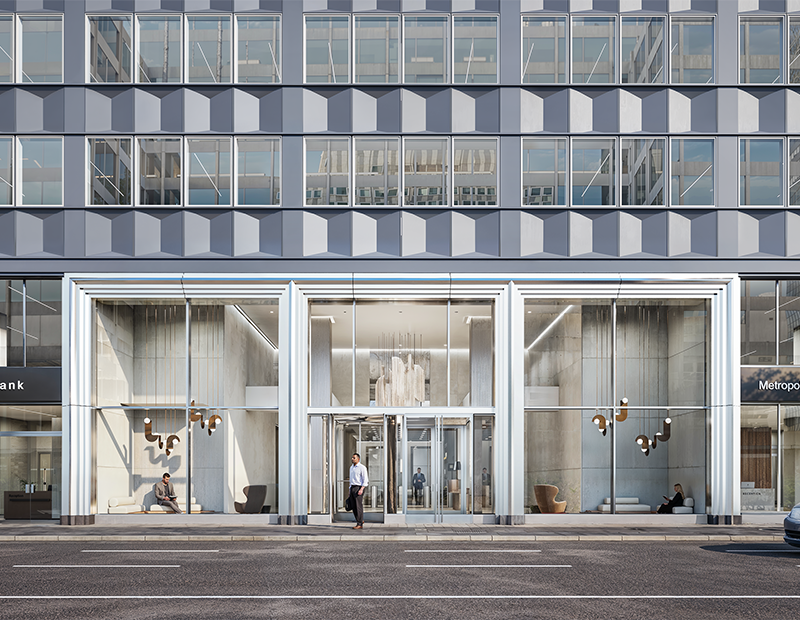
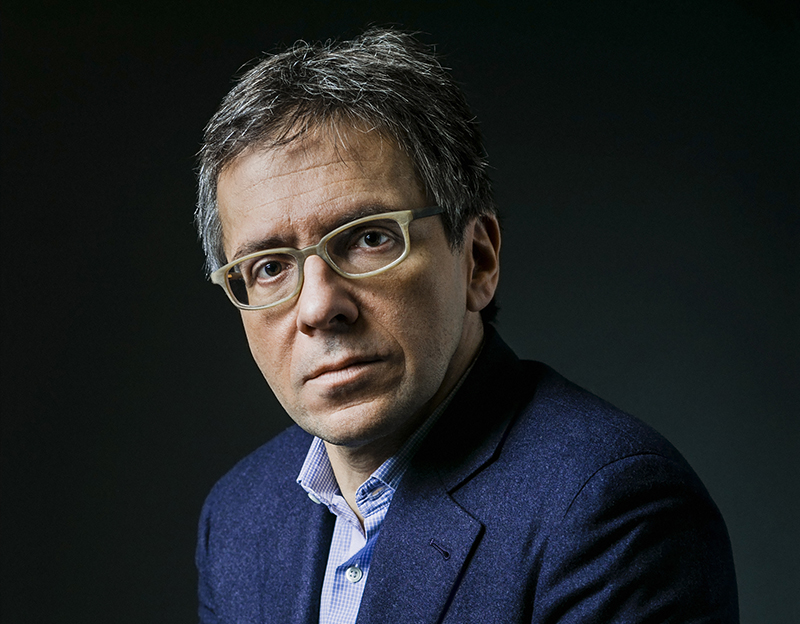
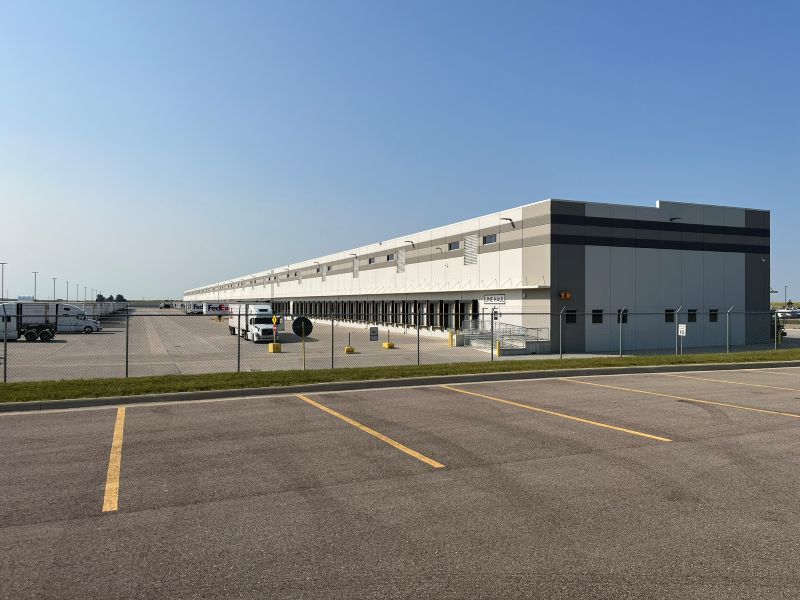
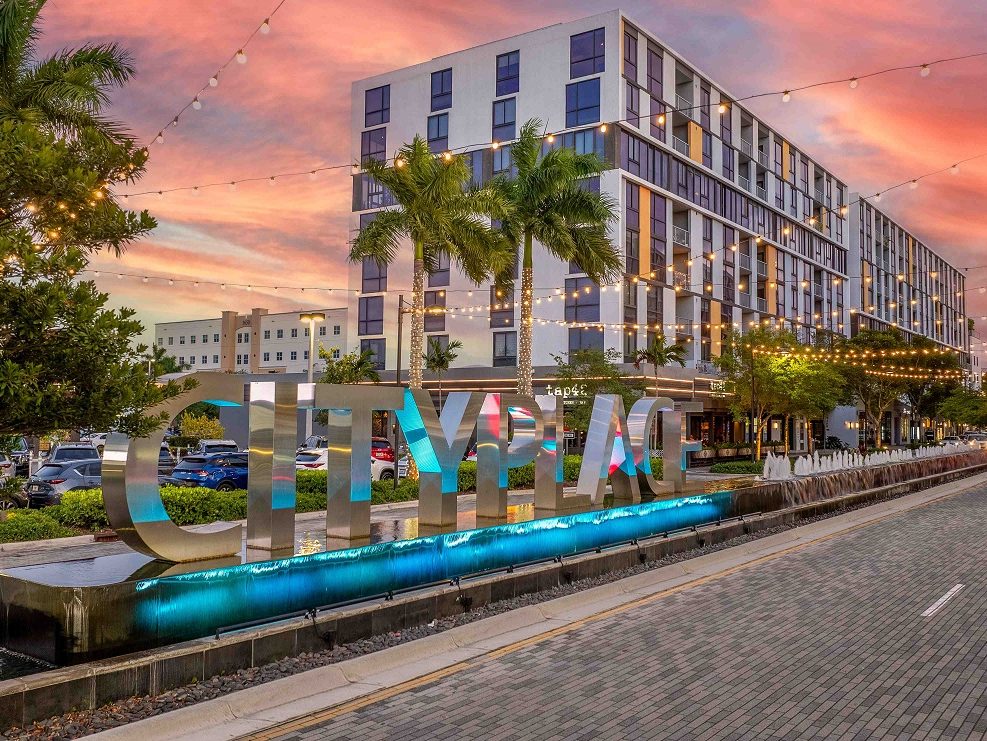

You must be logged in to post a comment.